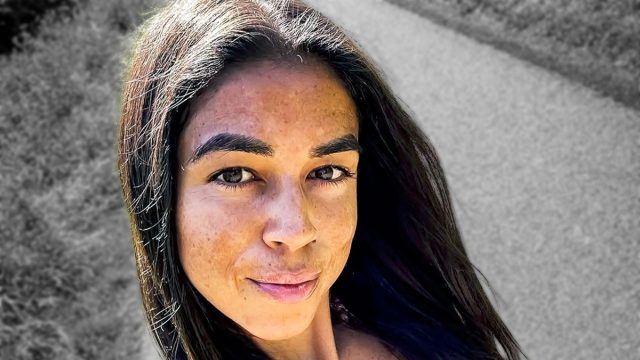Top Nutritionist Says Stop These 7 Diet Mistakes for Fast Results

Do you want to transform your body in 2025? It might be time to incorporate some healthy habits, says one expert. Antonia Osborne, MSc Distinction, UCL, is a nutrition and lifestyle coach who regularly shares about gut and hormone health. In a new post, she reveals how to become unrecognizable this year. "7 diet habits I'd quit to transform my body composition as a woman in 2025," she writes across the Instagram video.
Quit Restricting
The first thing you need to do is stop restricting, says Antonia. "I'd drop the restrictive mindset—it only leads to spinning in circles, whether it's cutting too much and then overeating or being stuck in unhelpful cycles like the ones below," she writes in her post.
Quit Going Low Carb
Her next habit to quit? Going low carb. "Low carb might sound like a quick fix, but for women, it puts your body under stress, making it harder to build muscle or burn fat. Plus, workouts suffer, and you're more likely to get sick," she writes.
RELATED: TV Host Shares 6 Tips to Get in the Best Shape of Your Life
Quit Under-Fueling
Her next habit of quitting is under-fueling. "Eating too little slows your metabolism and messes with your hormones, leaving you tired and making it so much harder to lose fat or gain lean muscle," she points out.
Quit Fasted Workouts
Another no-no in 2025 if you want to lose weight and keep it off: Fasted workouts. "For women, fasted workouts can do more harm than good. They stress your body, making it harder to build muscle or get lean—our bodies just don't respond the same way men do," she explains.
Quit Skimping on Healthy Fats
Skimping on fats is another dietary habit you should quit. "Healthy fats are essential for supporting hormones, which are key for body composition changes. Cutting fats does more harm than good," she says.
RELATED: Lose Weight Fast with These 5 Simple Meal Prep Tips
Quit Fasting
Fasting may be a trendy weight loss method, but Antonia doesn't recommend it. "Going too long without eating raises stress hormones (cortisol) and slows your metabolism, making it harder to tone up or burn fat sustainably," she writes.
Quit Focusing Only on Calories
And her final suggestion? Stop focusing only on calories. "It's not just about calories or macros—it's about the food. How it impacts your energy, digestion, and fullness is what leads to sustainable changes and long-term results," she writes. And if you enjoyed this article, take advantage of these 15 Quick Ways to Lose Body Fat Percentage in a Week.




